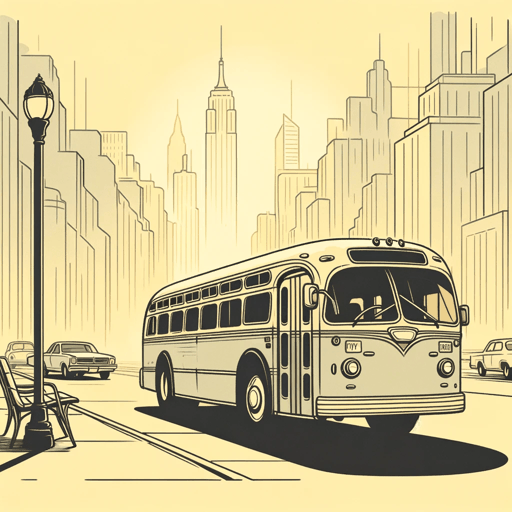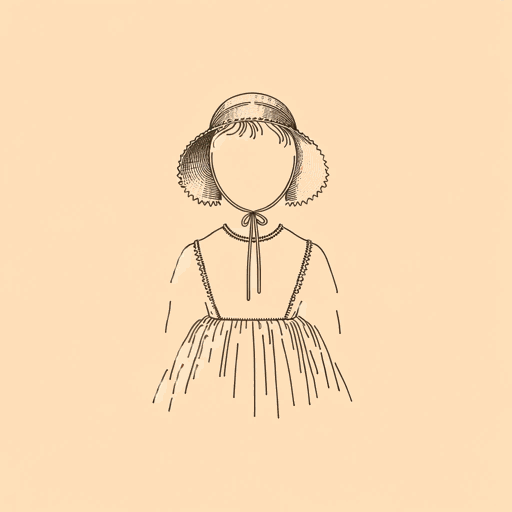75 pages • 2 hours read
James McBrideThe Color of Water
Nonfiction | Autobiography / Memoir | Adult | Published in 1996A modern alternative to SparkNotes and CliffsNotes, SuperSummary offers high-quality Study Guides with detailed chapter summaries and analysis of major themes, characters, and more. For select classroom titles, we also provide Teaching Guides with discussion and quiz questions to prompt student engagement.
Themes
Growing Up With a Diverse Racial Background in America
The dominant conflict in The Color of Water is James’s profound racial dissonance as the son of a white Jewish mother and a Black man.
As a child, James questions why he looks different from his mother. In the 1960s, the emergence of the Black Power movement highlights James’s inability to know where and how he fits. James is attracted to the fashion and iconography associated with the movement, but he is also susceptible to the media narrative about Black Power and its most visible and controversial auxiliary group, the Black Panthers. As he watches white newscasters incite panic over the supposed threat the Panthers pose to white America, James concludes that the Black Power movement must logically be a threat to his white mother. This panic culminates in an incident in which he punches the adolescent son of a Black Panther because he believes the boy’s father is going to try to kill Ruth.
James’s precarious tightrope walk between white and Black America continues. In middle school and high school, white students literally ask James to dance for them, assuming he can move like James Brown simply because he is a person of color. He complies, and despite a performance that would have inspired jeers and ridicule from his Black peers, the white students believe he is the best dancer they’ve ever seen.
Related Titles
By James McBride
Featured Collections
African American Literature
View Collection
American Literature
View Collection
Black History Month Reads
View Collection
Civil Rights & Jim Crow
View Collection
Class
View Collection
Class
View Collection
Common Reads: Freshman Year Reading
View Collection
Community Reads
View Collection
Memoir
View Collection
Religion & Spirituality
View Collection
SuperSummary New Releases
View Collection






